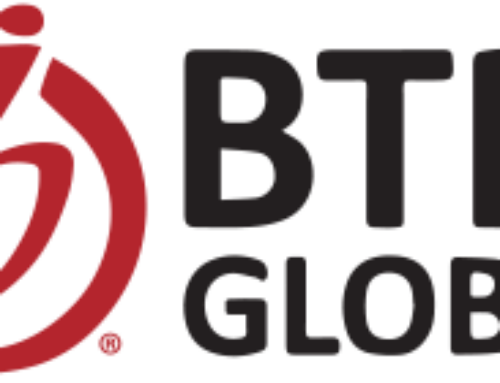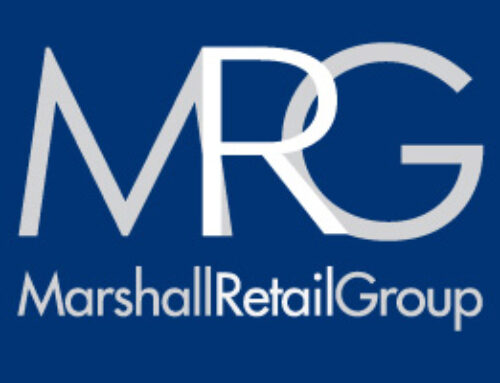Would a Two-Tiered ERP Approach Work for you?
By Kimberly Berneck, President and CEO
A lot of change management has to happen when a company undergoes a major shift, such as acquiring another business, adding a new division or opening a new location. An ERP system is required to make operations run smoothly – but it must meet the needs of the larger corporate organization while also being flexible for the smaller units.
Increasingly, companies are learning that an ERP that’s good for corporate isn’t always good for the unit or subsidiary. The solution is a two-tiered ERP approach: a scenario in which a more robust, Tier 1 ERP is used at the corporate or global level, while a less complex and less costly Tier 2 ERP (one that is perhaps targeted to meet specific industry, company or division needs) is used for the smaller unit. These ERP systems are integrated and work together in a seamless environment across diverse organizations.
What is a two-tiered ERP environment?
Large and complex organizations typically have an enterprise-level ERP (such as Oracle, SAP, or Microsoft) that is on premise and highly customized. The ERP provides a unified view and seamless flow of data between core business systems that include financial, human resources, inventory and procurement.
But a smaller business unit, a different office location, or a newly acquired company may not need a complex or highly customized ERP. In fact, a large ERP may be a detriment to their operations because it’s a greater load on the system, more difficult to learn to use, and isn’t industry-specific for their needs.

That’s where a two-tiered ERP approach comes in. Oracle NetSuite defines this scenario as the following:
Two-tier ERP is an approach to enterprise resource planning technology that uses two systems to address the needs of large businesses with multiple locations and/or subsidiaries. Under this strategy, headquarters will use a Tier 1 ERP that’s highly customized and has the functionality to run a large, global company, while subsidiaries or smaller business units use a less resource-intensive Tier 2 ERP that better suits their needs.
Why choose a two-tiered ERP environment?
Tier 2 ERPs are ideal for smaller businesses that want pre-configured functionality based on leading practices for their industry. Tier 2 ERPs are typically less expensive systems to purchase and implement, easier to learn because they are less complex, and their pre-built functionality usually doesn’t require heavy customization for Tier 2 business needs. As a cloud-based solution, a Tier 2 ERP doesn’t demand a large IT team to manage it or worry about upgrades (those are managed by the vendor).
Another consideration is if your organization already has an ERP but needs robust financial software. That’s where a financial solution like NetSuite can really shine, giving you core financial functionality without requiring additional complexity or data integration in order to seamlessly integrate the solution into your current application landscape and business processes.
For a smaller business unit, a Tier 2 ERP gets the team up and running faster. They get effective tools to do their jobs and corporate gets the information it needs fed into the Tier 1 system. It’s a win-win.
Top reasons to consider a two-tiered ERP
- Accommodate local or industry-specific needs – There are many Tier 2 ERPs purpose-built for industries. For example, a Tier 2 ERP for manufacturing operations will have a much faster adoption rate because it has greater relevancy – and a quicker ROI.
-
- If there is a large geographic or cultural difference between your corporate entity and a subsidiary, a Tier 2 ERP may better reflect the local language, currency, and financial requirements of that location.
- Greater flexibility – A Tier 2 ERP will have more out-of-the-box/pre-configured functionality that can be immediately applied to your business without providing additional complexities you’re not ready to lean into. It supports industry-specific tasks and is flexible to reporting needs and compliance. It’s easier to implement and learn – all while integrating with the corporate ERP for sharing critical information.
- Change management – The last thing a growing business wants is more complexity, and implementing a Tier 1 ERP can be very disruptive. Give the subsidiary control over the selection of their Tier 2 ERP (but first vet a list of choices to make sure any of them can integrate with the Tier 1 system). The smaller unit will get a faster, more nimble system for their business needs and ongoing management. On the corporate side, it reduces risk with less disruption to the Tier 1 ERP.
- Streamline systems – Rather than stringing together several point solutions to fit your needs, a two-tiered approach can pair the right-sized ERP with your respective divisions or business units. Simplify your systems and give teams better visibility and management of their work!
- Cost-effective to implement and own – As mentioned above, Tier 2 ERPs are typically cloud-based. This makes their implementation require far less IT resources to manage or upgrade – critical for smaller businesses with fewer resources.
Partnering with BTM Global on a two-tiered ERP approach
At BTM Global, we strategically guide clients through the considerations of a two-tiered ERP approach, as well as implemented and integrated the systems. Because of our deep practice areas in both Oracle Retail and NetSuite, as well as custom integrations, we can be your one-stop technology partner.
- Our off-shore team is made up of BTM employees, not temps or contactors. For you, that means a dedicated team that learns your business and doesn’t change mid-project. With BTM teams in two hemispheres, we work around-the-clock to deliver cost-efficient and time-efficient work.
- We have deep knowledge of EMV enablement and payment integrations, often working in sensitive and high-security environments. You name it, we’ve probably done it!
- Our long-term relationships with Oracle Retail and NetSuite make us a trusted partner who is called in for unique clients or to rescue faltering projects from another technology partner.
- Because our Oracle Retail and NetSuite teams are under one roof, our clients receive streamlined integration services. We have solution architects that can work on both sides of the business, ensuring our clients get a tight handshake between systems and a seamless approach.
Rest assured, we never let our clients do a big-bang approach for a software implementation. No one should have to wait 18 months before seeing a project’s value! We work with our clients to stagger projects that prioritize getting the foundational data in order, and that provide quick wins and change management. Then, we work on project pieces that enhance our clients’ ability to support their business needs. The final phases of a project often include additional/enhanced capabilities and other behind-the-scenes work.
A two-tiered strategy in action
 A Tier 2 ERP integrated with a corporate ERP provides the same single source of truth and one system for master data management. Corporate gains wider visibility into operations data and reporting, while smaller units get specific functionality and efficiencies to stay nimble.
A Tier 2 ERP integrated with a corporate ERP provides the same single source of truth and one system for master data management. Corporate gains wider visibility into operations data and reporting, while smaller units get specific functionality and efficiencies to stay nimble.
Here at BTM, we’re working with a client that is running SAP at the corporate level. The client’s smaller manufacturing division is implementing NetSuite because of it offers built-for-manufacturing operations, it’s cloud-based, and it’s easy to use and lightweight. The client also appreciates NetSuite’s ability to integrate with SAP, and the fact that its manufacturing unit will get a purpose-built business management suite.
Another BTM client, one of the largest branded lifestyle apparel companies in the world, has been a longtime Oracle EBS user. They’re now pursuing a two-tiered approach with NetSuite for smaller business units.
As these companies grow, acquire and change, they’re equipping themselves with flexible systems that serve each unit while ensuring the overall organization is efficient, compliant and strategic.







